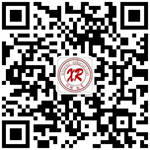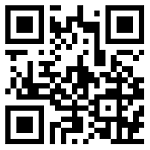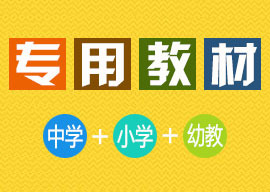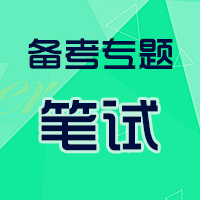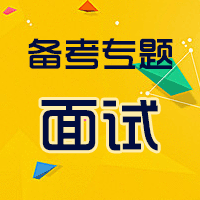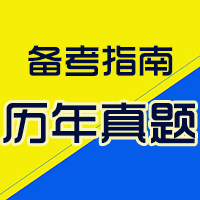提醒:点这里加小编微信(领取免费资料、获取最新资讯、解决考教师一切疑问!)
F: look for, find, find out
Look for:它的含义是“寻找”通常指动作和状态,不强调动作的最后结果。
Find:它的含义是“找到”、“找回”、“发现”,常表示已有结果。
Find out:它的含义是经过观测和研究后才“找到”“了解”“发现”或“弄清楚”某些事情的“真相”或“秘密”。
We looked for him everywhere, but didn’t find him.
Can you find out who broke the windows?
G. put on, wear, dress, have on
Put on:是强调“穿”、“戴”一开始的短暂动作,它的含义是“穿上”、“戴上”、“披上”等。另外它还指“上演(节目、戏剧)”、开(收音机灯)等。
例如:Why don′t you put on your sporting coat?
Wear:它的含义也表示“穿着”、“戴着”等,它强调穿或戴着的状态,不指动作。She always wears a blue skirt.
Have on:它的含义也表示“穿着”、“戴着”,同样强调状态,它没有进行时态。When she left, she had on a dark hat and a pair of red gloves.
Dress:它的含义是“穿好衣服”、“打扮”等,它强调动作而不是状态。
例如:The little boy shouted at his mother while she dressed.
Dress sb./oneself 给…(或自己)穿好衣服;get dress穿好衣服
Dress up打扮,穿上盛装
H. forget, leave
forget :它的含义是“忘记作某事”
例如:I forget to tell you about it.
leave:它的含义是“把某物忘在某处,(有地点状语)”。
He left his umbrella on the train.
I. take, spend, cost, pay
take:它的含义是“花费时间”,其主语常用it来代替真正的主语。常用的结构是:it takes sb. sometime to do sth.
It took me an hour to find my keys in the house.
spend:它的含义是“花费时间或者金钱”,其主语是指人的名词或代词。常用的结构是sb. spend some time or money on sth./in(doing) sth.
cost:它的含义是“花钱买东西”,主语多为物,宾语是人,通常不用被动语态。常用的结构是:sth. cost sb. some money.
提醒:点这里加小编微信(领取免费资料、获取最新资讯、解决考教师一切疑问!)

